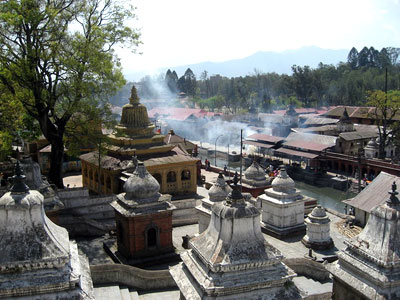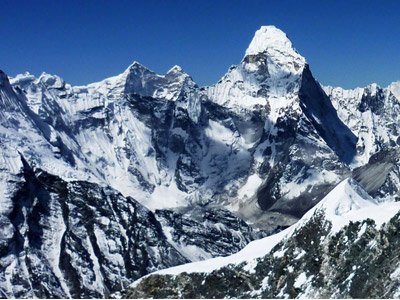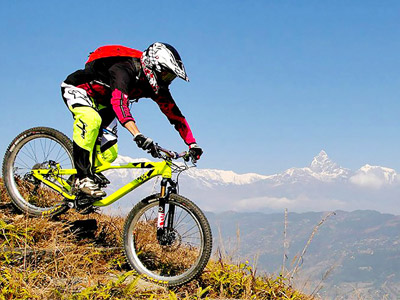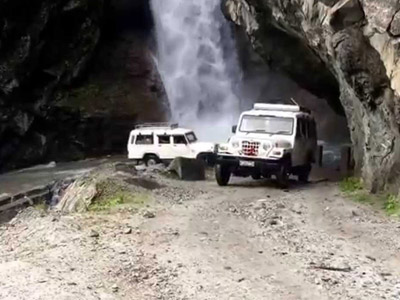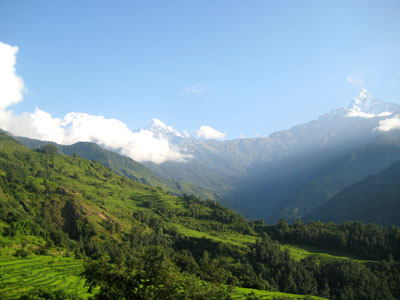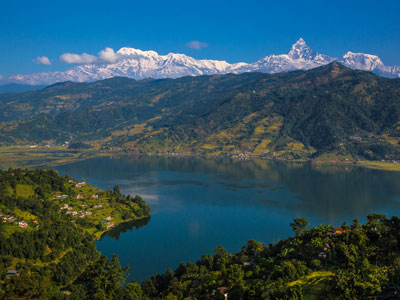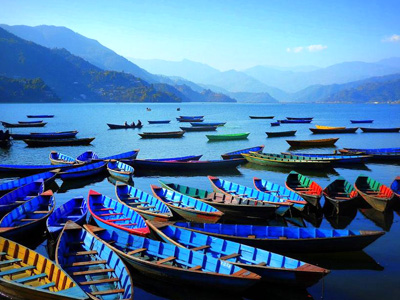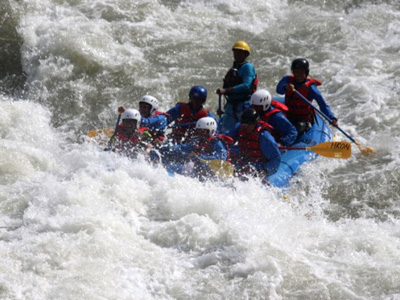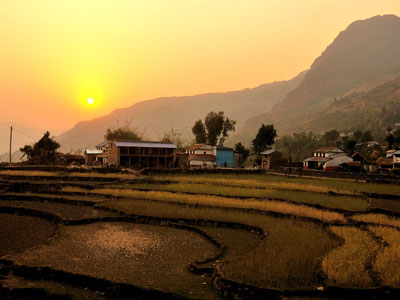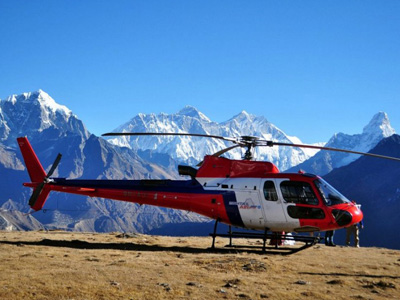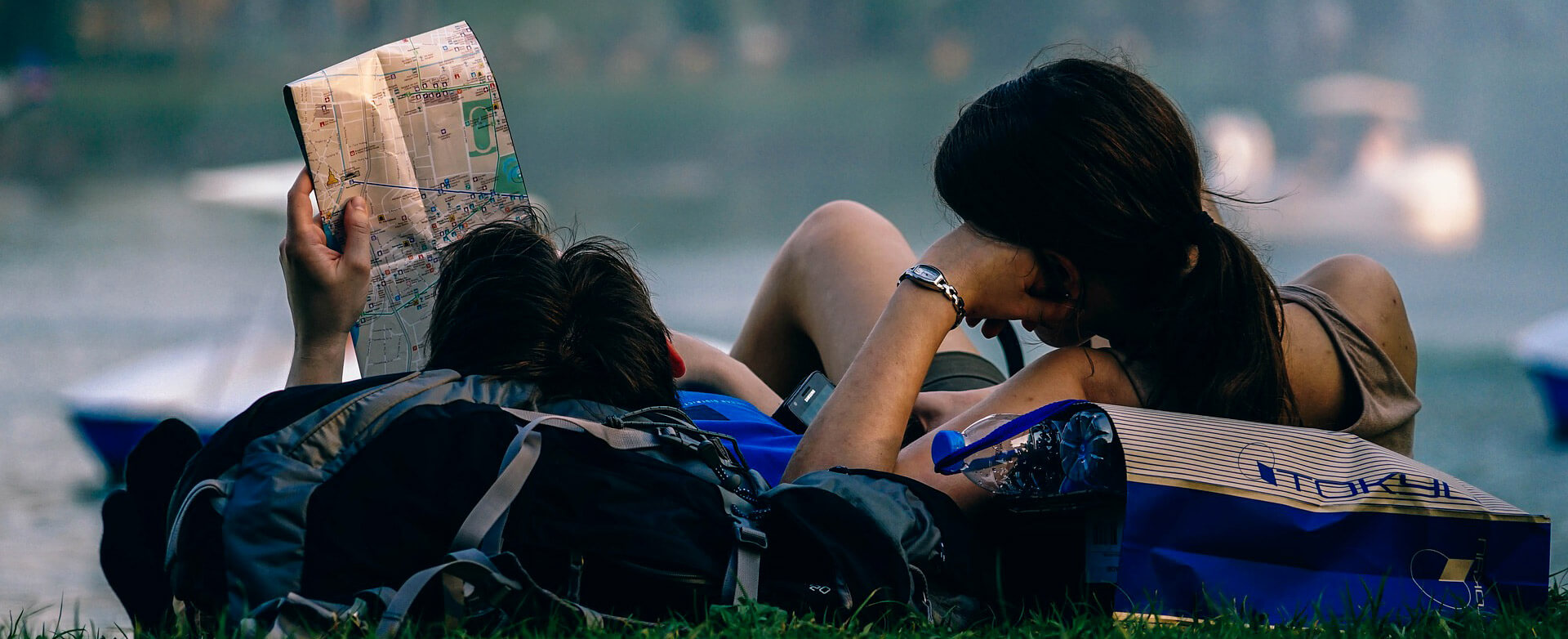
Tsum Valley Trekking
Duration: 14 Days Trip Difficulty: Moderate
Trip Duration 14 Days
Destination Nepal
Group Size 1-12 People
Highlights of Tsum Valley Trekking
- Tsum valley trek is one of the untouched and virgin territory of Nepal
- Spritual value and non violence practice of community
- Stunning scenery with beautiful forest, countryside, landscape, cultivated land, Monasteries .
- Picturesque viiews of , Ganesh Himal, Manaslu, Sringi Himal, Churke Himal, and Boudha Himal range.
- Buddhist and spiritual culture.
Overview of Tsum Valley Trekking
Tsum valley trekking is one of the untouched and virgin territory of Nepal is the most exotic trekking destination of manaslu region. This astonishing trekking destination situated north of Manaslu is flourished with hidden natural and cultural beauty and also was a restricted trekking destination of Nepal before 2008. Flourished with beautiful wilderness of cultural and natural sightseeing spots, ancient religious shrines and monasteries, enchanted view of mighty Himalayas and many more exotic scene and serene of nature. Tsum means “vivid” that comes from tibetian word ‘Tsombo which you understand after visiting the valley.
Tsum valley trekking trial is north east of manaslu region which is one of hidden valley, land of monasteries and hamlet with influence of totally Tibetan culture. The valley is rich with ancient art, culture, religion through which we are able to know the history of Tibetan civilization. Tsum valley has stunning scenery with beautiful forest, countryside, landscape, cultivated land, Monasteries, Ganesh Himal, Manaslu, Sringi Himal, Churke Himal, and Boudha Himal range. Tsum valley is less exposed area with relatively vergin and less beaten path.
Tsum valley people have unique spiritual value due to influence of Buddhist culture. They give equal priority to all the animal present in the earth so people don’t kill them. The special characteristics of Non violence of tsum valley community give important message of peace to the world. The tsum people have their own way of family life in which all the brothers in the family are married to a single girl.
Tsum valley trekking trial can be combined with Manaslu and Annapurna circuit trek with demand of trekkers / traveler , their time and interest. This trek starts with a scenic drive for 5-6hours from Kathmandu all the way to Arughat (600m). From here the walking trek ascend into the height of Manaslu region. Away from the crowded cities and sound, trekking into Tsum Valley will offer a chance to explore the sightseeing spot for viewing the most classic scene of mighty Himalayas, colorful villages and there hospitality and experience the culture and religion of the highlanders of Nepal. Commence this fascinating trek into Tsum Village and enjoy the exotic natural sightseeing and culture.
Day 1
Welcome to Kathmandu valley(1360m).Upon your arrival we assist you from international airport to our hotel.Overnight at hotel.
Day 2
Today early morning drive from Kathmandu for 6-7hours all the way to Arughat (600m) and then 1hours drive all the way to Soti Khola (597m).Overnight at hotel.
Day 3
Today early morning trek from Solti Khola walking for 5-6hours all the way to Machhakhola (825m). Overnight at hotel.
Day 4
Today we trek from Machhakhola walking for 7-8hours all the way to Jagat (1330m). Overnight at hotel.
Day 5
Today we trek from Jagat walking for 5-6hours all the way to Lakpa (2240m).Overnight at hotel.
Day 6
Today we trek from Lakpa walking for 5-6hours all the way to Chhokang Paro (3030m). Overnight at hotel.
Day 7
Today we trek from Chhokang Paro walking for 5-6hours all the way to Chhule (3350m). Overnight at hotel.
Day 8
Today we trek from Chhule walking for 3hours all the way to Mu Gompa (3700m). Overnight at hotel.
Day 9
Today we trek from Mu Gompa walking for 7-8hours all the way to Chumling (2385m). Overnight at hotel.
Day 10
Today we trek form Chumling walking for 5-6hours all the way to Philim (1570m). Overnight at hotel.
Day 11
Today we trek from Philim walking for 6-7hours all the way to Khorla Besi (970m). Overnight at hotel.
Day 12
Today we trek for 6-7hours all the way from Khorla Besi to Soti Khola (700m). Overnight at hotel.
Day 13
Today early morning scenic drive from Soti Khola all the way to Kathmandu valley. Overnight at hotel.
Day 14
Final Departure. Farewell!!
Reviews on Tsum Valley Trekking
Submit your review | |
1 2 3 4 5 | |
Submit Cancel | |
Interested in this package? Make free inquiry
Reviews on Tsum Valley Trekking
Submit your review | |
1 2 3 4 5 | |
Submit Cancel | |
